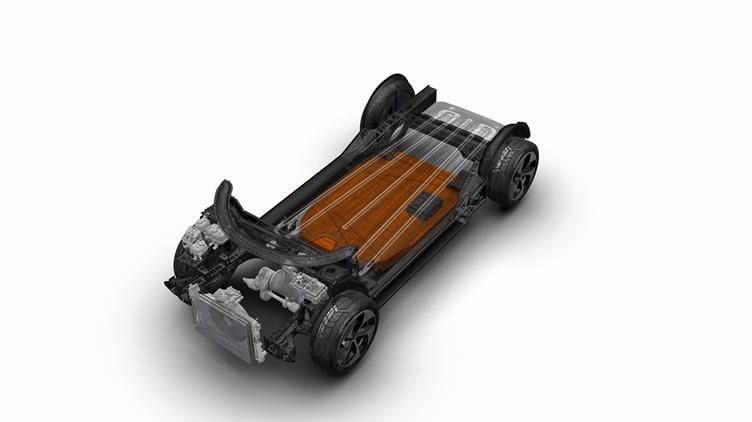This week was host to the Consumer Electronics Show in Las Vegas, Nevada. Although originally geared towards gadgets and similar tech, the show is now where many automakers and equipment manufacturers showcase their latest autonomous vehicles and connected hardware. This year was huge in those arenas, and more.
Faraday Future unveiled its first production car, the FF91. This electric vehicle includes a 130 kWh battery pack with high-density lithium-ion cells and the car produces 1,050 horsepower in all-wheel drive. Here’s video:
Chrysler unveiled a new Portal concept at CES, an all-electric, semi-autonomous family transportation vehicle. The Portal is designed to be low-cost, technologically advanced, and to maximize interior space.
Ford announced that it’s adding 7 of the 13 planned upcoming electrified vehicles in the next five years. These will include a hybrid F-150 pickup, Mustang, and a plug-in hybrid Transit van.
Toyota unveiled its Concept-i at CES, making the “Future of Mobility Human.” The idea with this concept is to focus on the people in the car with user experience technology and advanced artificial intelligence systems.

Mercedes-Benz showed its new Vision Van concept at CES for high-tech delivery in a near-future world. The van incorporates current and potential communications and connected processes.
Nissan’s CEO Carlos Ghosn held a keynote presentation in which he outlined the company’s plans for autonomous driving and new artificial intelligence. A new Nissan LEAF electric car was hinted towards and a partnership with NASA bore fruit in a new AI system for self-driving vehicles.
Hyundai unveiled its plans for advanced connected car technology through an interactive experience at CES. The booth experience demonstrates a “hyper-connected car” of the future from purchase to daily use. The experience is centered around the company’s new Ioniq line of electrified vehicles.
Hyundai also showed its “Mobility Vision” concept as an integration of car, health, and home. It’s best described in this video:
BMW showed off its new i Inside Future concept vehicle in Las Vegas. The vehicle is an electrified, future vehicle in which varied levels of autonomous driving are available. It even has a bookshelf for backseat passenger use.
Honda introduced its new “Cooperative Mobility System” with an electric mini-vehicle that includes a skateboard. The concepts are aimed towards minimizing traffic congestion and maximizing door-to-door transportation including the first and last mile.
Audi has teamed with NVIDIA to combine the carmaker’s autonomous technologies with the board-maker’s artificial intelligence systems. The result will be a mostly-automated vehicle that will enter live testing later this year.

In more NVIDIA news, ZF introduced a self-driving system for vehicles of all sizes at CES. The ZF ProAI self-driving system uses NVIDIA’s DRVE PX 2 AI computer for non-public-road applications such as factories, agriculture, and mining.
Mercedes-Benz and NVIDIA are also partnering on artificial intelligence in cars. Mercedes plans to bring an AI-equipped car using NVIDIA technology to market soon.
BMW announced that its partnership with Intel and MobilEye will result in autonomous vehicles being tested on-road later this year. Their jointly-developed scalable architecture will become commercially available for testing by other automakers soon.
The CTA Foundation, IBM, and Local Motors are collaborating on accessible, self-driving vehicles. The alliance will result, they say, in the “world’s most accessible self-driving vehicle” and will leverage IBM’s expertise in electronics and Local Motors’ expertise in 3D printed vehicles and localized manufacture.
Aaron is an automotive journalist living in Wyoming, USA. His background includes technology, mechanics, commercial vehicles, and new vehicle evaluations. Aaron is a member of several automotive media groups and writes for many well-known publications.

